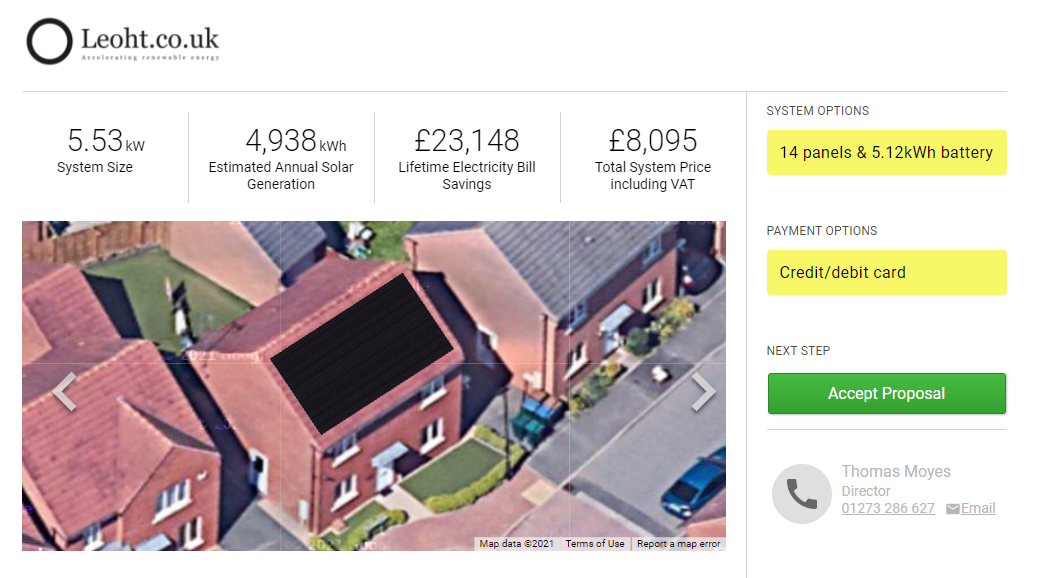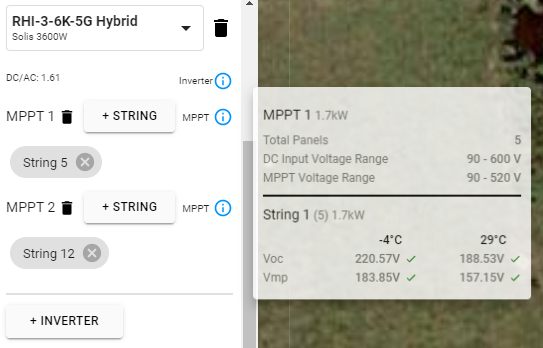


Click 'schedule a home visit' on the right of your unique proposal page.
Your home visit will check the suitability of your property and finalise the design of the system with you.
Once you are happy with the design, click 'Accept proposal'.
You could have your installation up and running within 3-4 weeks!
Leoht solar installation FAQs
Solar installation and comissioning takes 2-3 days.
Demand is very high so the biggest time constraint will be the availibily of stock and the time between completing your design and accepting the proposal.
If every component for your solar panel is in stock, we can complete installation within three weeks. Currently, the stock is selling out quickly. If DNO and planning permission is needed, the process may take 3-6 months+.
Once your solar panel system has been installed, it will begin working immediately. Our installation team will provide you with a handover pack containing information about your new solar panel system. We will also help you to set up the accompanying smartphone app, which will enable you to monitor the solar panel and battery. The inverter displays energy flows, amount of energy, battery charge, and if the house is exporting to or importing from the grid.
The cost of the battery for our solar panel systems is included in the quotes that we provide. When deciding on the optimum battery for you, we will consider your energy usage. If you have a house with a heat pump, air conditioning unit or swimming pool, we may not recommend a battery if you can use most of your solar production unless you are able to switch to a 'time of use' electricity tariff - then installing a battery becomes very attractive.
It is possible to set the batteries to ‘time charging’ to take advantage of off-peak electricity rates to be used during peak times.
Yes, this is part of the design stage. Based on the usage and generation of electricity on the property, we can work out which size of the battery is best suited/most beneficial for your home or property. We can also calculate whether or not a battery would be the most effective solution.
For example, a house with heavy usage, a heat pump, air condition or a swimming pool would already use a significant amount of the solar energy generated. As a result, the cost of installing a battery (£2000+) may outweigh the lifetime benefit of having the battery in the first place.